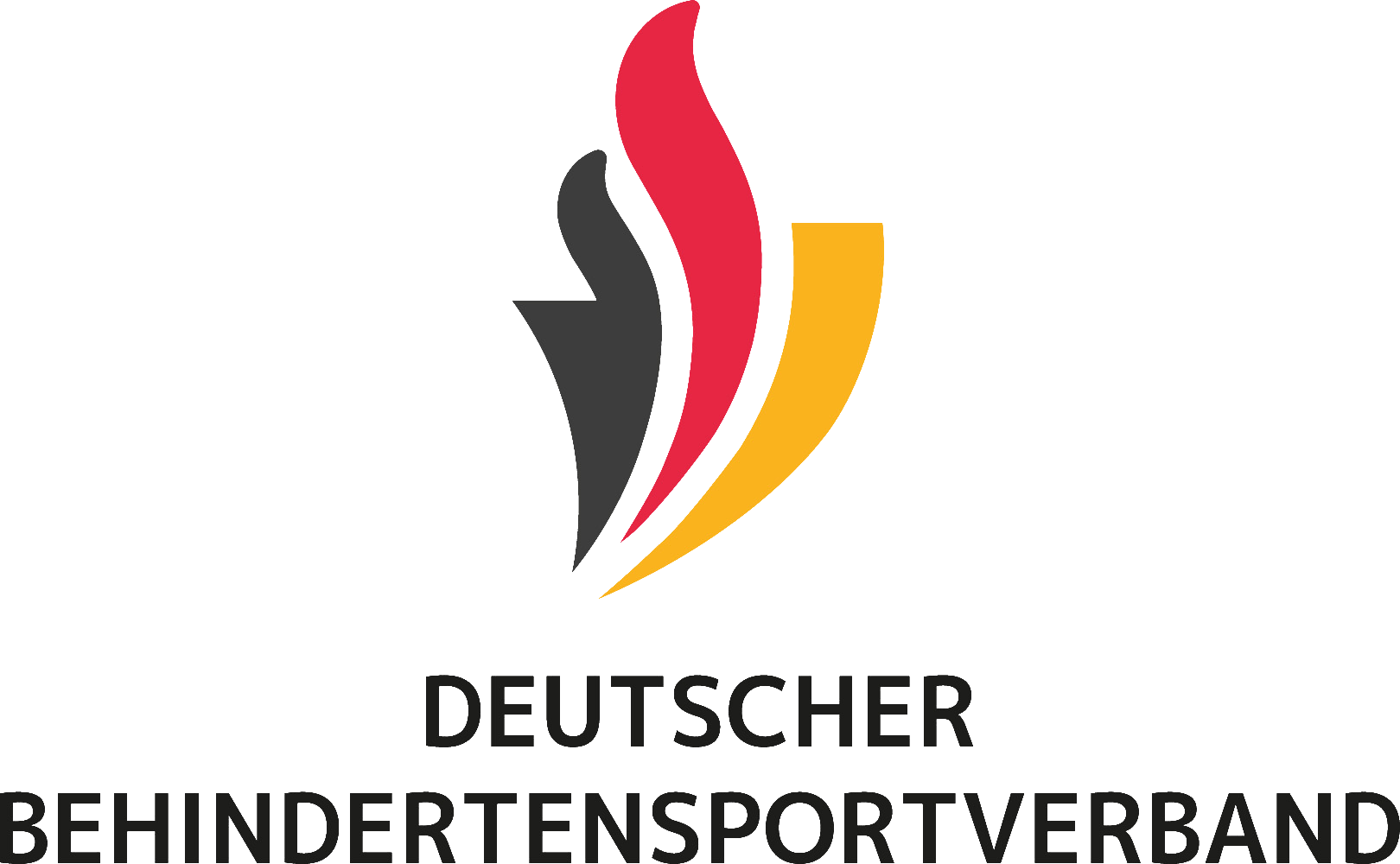How to be a finalist in the 3-position rifle event in para-shooting?
(Wie wird man Finalist im 3-Stellungs-Gewehr-Wettbewerb im Para-Schießen?)
INTRODUCTION: The Paralympic mens 50m 3-position rifle event (R7) is performed in the following order: kneeling, prone and standing. In the prone position, both elbows are placed on a support, which offers stability. On the contrary, in the standing position, neither elbow is supported. 120 shots are fired in the qualification round (12 series of 10 shots), i.e. 40 shots per position. The maximum value per shot is 10.9 points, that is a theoretical maximum of 436 points per position for a total of 1308 points at the end. Following the qualification phase, the 8-best para-shooters advance to the final. The objective of this study is to analyze if one position among the three is discriminating between the para-shooters who reach the final (finalists) and those eliminated in the qualification phase (non-finalists). METHODS: 29 competitions between 2014 and 2022 were collected on the international competition results website (SIUS Shooting), representing 716 performances by 76 para-shooters. The number of points obtained per position was added up to create three performance indicators for each position. To analyze and quantify the difference in profiles between finalists and non-finalists, a Bayesian Inference via Markov Chain Monte Carlo was used from estimates of the posteriori distribution of * (* = (*1, *2, ..., *n), i.e., all parameters) and credibility intervals (* be in the interval [a; b] with probability (1 -*)). Differences in mean scores were investigated between each sample pair for the finalist and not finalist groups (kneeling vs. standing, prone vs. kneeling, prone vs. standing). RESULTS: Among the finalists, the mean differences in scores between the kneeling vs. standing and prone vs. kneeling positions are 7,7 and 7,2 respectively. Between the prone vs. standing positions, the difference in means is higher, at 14,8. Among the non-finalists, the mean differences in scores between the kneeling vs. standing positions is 13,9, between the prone vs. kneeling positions is 11,5 and between the prone and standing positions is 26.0. Between finalists and non-finalists, in the kneeling position, the difference in mean scores is 10,7. In the prone position, the difference in mean scores is 6,3. In standing position, the difference in mean score is 16,7. From the first 4 heats (kneeling), the finalists start to stand out. The next 4 heats (prone) maintain the gap between the para without increasing it. Finally, the last 4 heats (standing) widen the gap between the finalists and the non-finalists. CONCLUSION: Bayesian analysis showed that there is a significant difference in profiles between para-shooters. The non-finalists show significant differences between the three positions. Finalist para-shooters shot better in the prone position than in the standing position, better in the kneeling position than in the standing position, and better in the prone position than in the kneeling position. Conversely, although there was a significant difference between the prone and standing positions,
© Copyright 2023 28th Annual Congress of the European College of Sport Science, 4-7 July 2023, Paris, France. Veröffentlicht von European College of Sport Science. Alle Rechte vorbehalten.
| Schlagworte: | Behindertensport Wettkampf Leistung Leistungsfaktor Leistungsstruktur |
|---|---|
| Notationen: | Behindertensport |
| Tagging: | Parasportschießen Anforderungsprofil |
| Veröffentlicht in: | 28th Annual Congress of the European College of Sport Science, 4-7 July 2023, Paris, France |
| Veröffentlicht: |
Paris
European College of Sport Science
2023
|
| Dokumentenarten: | Kongressband, Tagungsbericht |
| Sprache: | Englisch |
| Level: | hoch |
